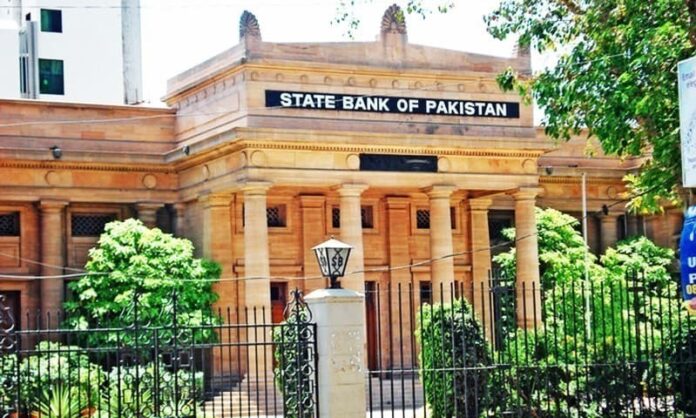During the current fiscal year the State Bank of Pakistan (SBP) expects GDP growth of the country to remain within the range of 2.5 percent, i.e. FY21.
Nevertheless the SBP said in its annual report (The State of Pakistan’s Economy) 2019-20 released on Wednesday that these growth forecasts are subject to threats, including from the evolution of Covid-19, severe weather conditions, external demand, and progress on the reform front.
For FY21, the government has set the GDP growth target at 2.1%. The SBP said that this year-on-year growth is expected to come from a steady agricultural output and a rebound in the services sector in particular finance and insurance, as well as transport and communications. Industrial output, primarily due to a much-contained contraction in large-scale production compared to FY20, is also estimated to post a moderate recovery.
In particular previous forecasts for Kharif crops (particularly cotton) do not appear to be promising, given the weaknesses in the financial situation of farmers and the heavy rains that cause losses to standing crops. Some upside risks are also present, especially in the context of the resurgence of business trust in the country following the ease of lockdowns and falling cases of COVID.
The August wave of the IBA-SBP confidence survey indicates that not only did the Business Confidence Index display a dramatic rise compared to the previous two waves, it also entered positive territory after three consecutive waves stayed in the negative region. As it reached its second-highest level since the beginning of this survey, the increase in the anticipated business confidence index was more pronounced.
The IBA-SBP confidence survey’s August wave shows that not only did the Business Confidence Index show a drastic rise compared to the previous two waves, it also reached positive territory after remaining in the negative area for three consecutive waves. The rise in the anticipated business optimism index was more pronounced as it hit its second-highest level since the beginning of this survey.
In view of the fact that the TERF is geared towards promoting the country’s investment activities, the rise in its usage is also encouraging from a systemic perspective. Historically, Pakistan has been a consumption-oriented economy, leading not only to unsustainable growth spurts and investment rates that remain below most EMDEs, but also to an absolute decline over the past few decades.
In this concern, a strong reaction to incentive schemes such as TERF bodes well for the future economic trajectory, as capital formation activities will help to boost and potentially diversify Pakistan’s future production power.



